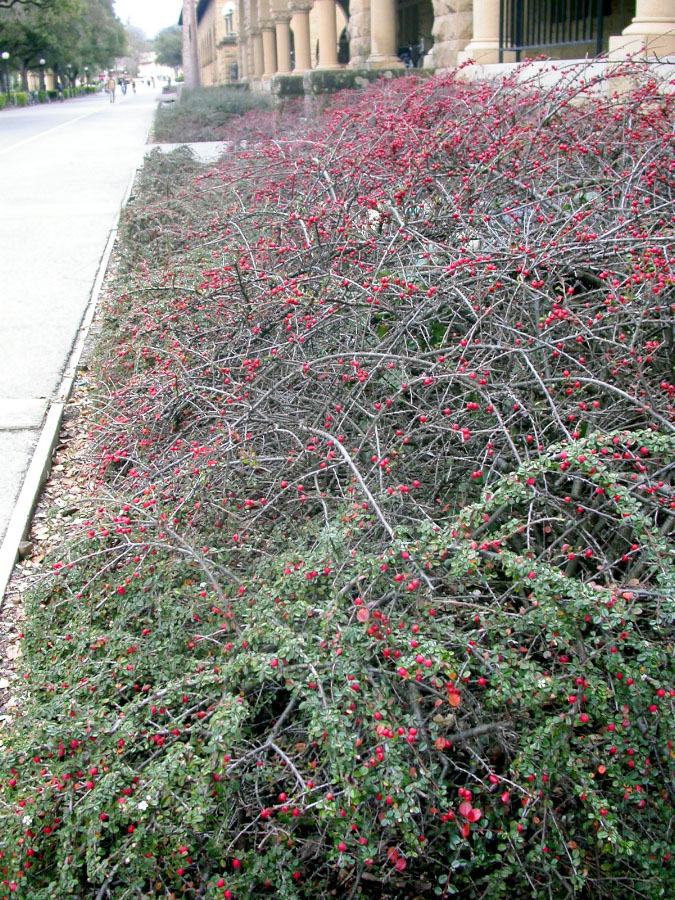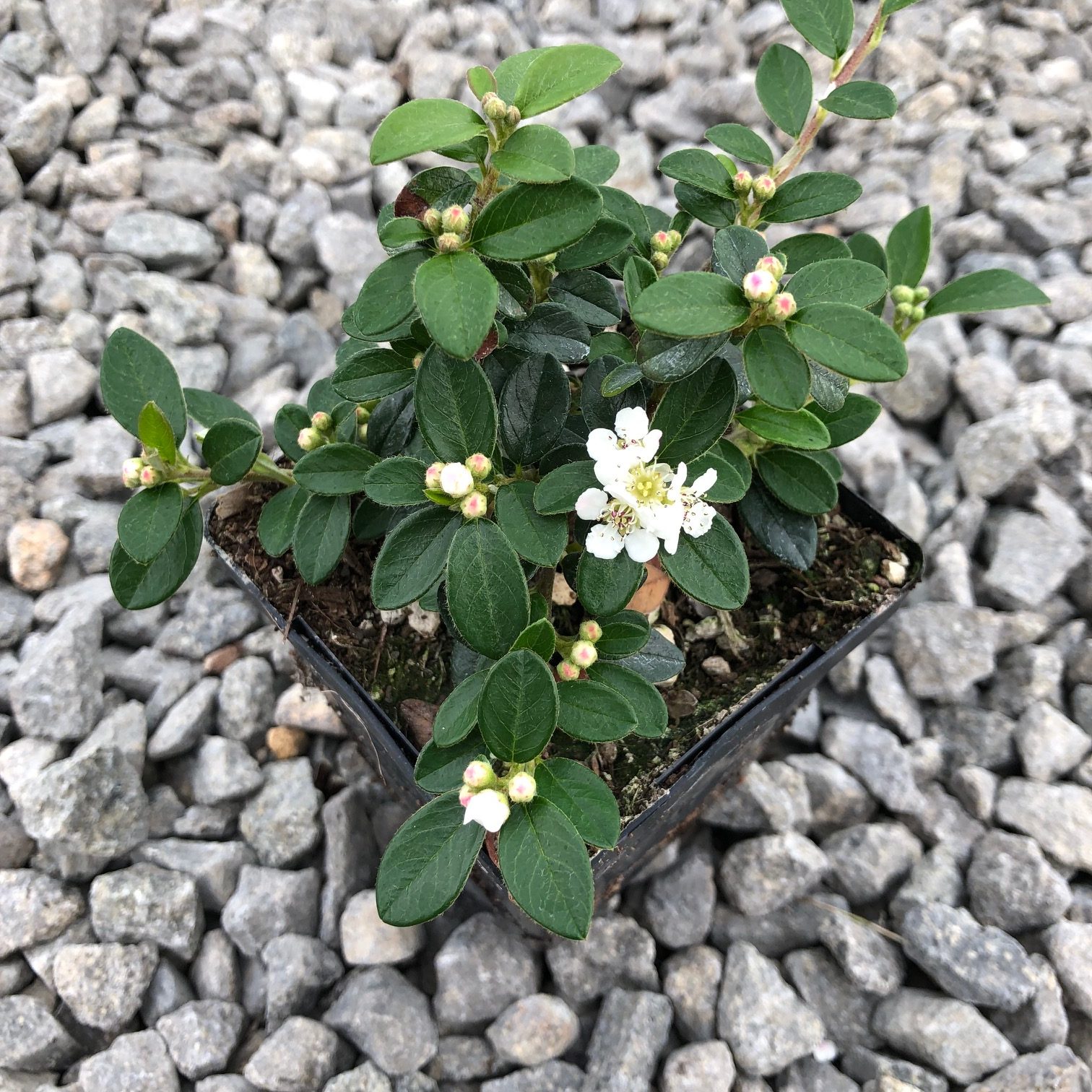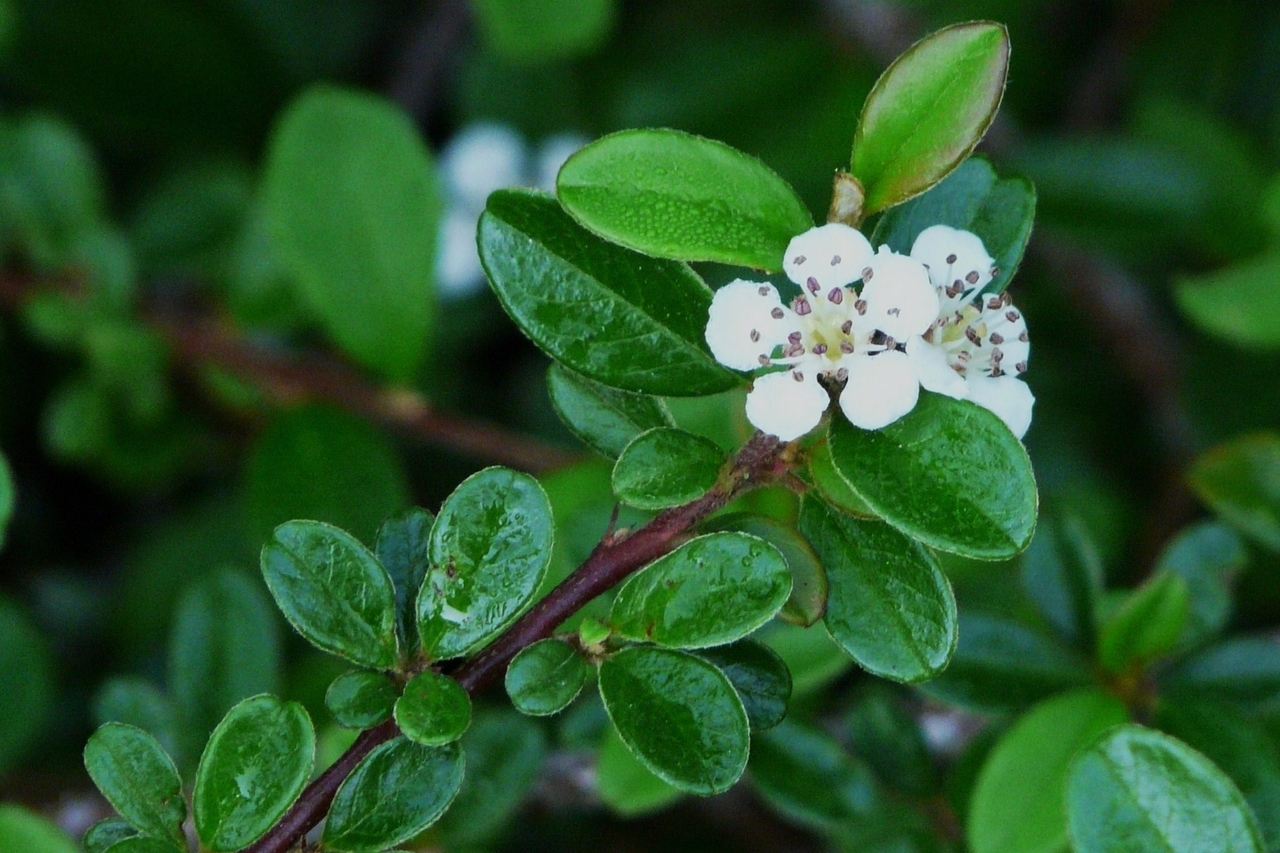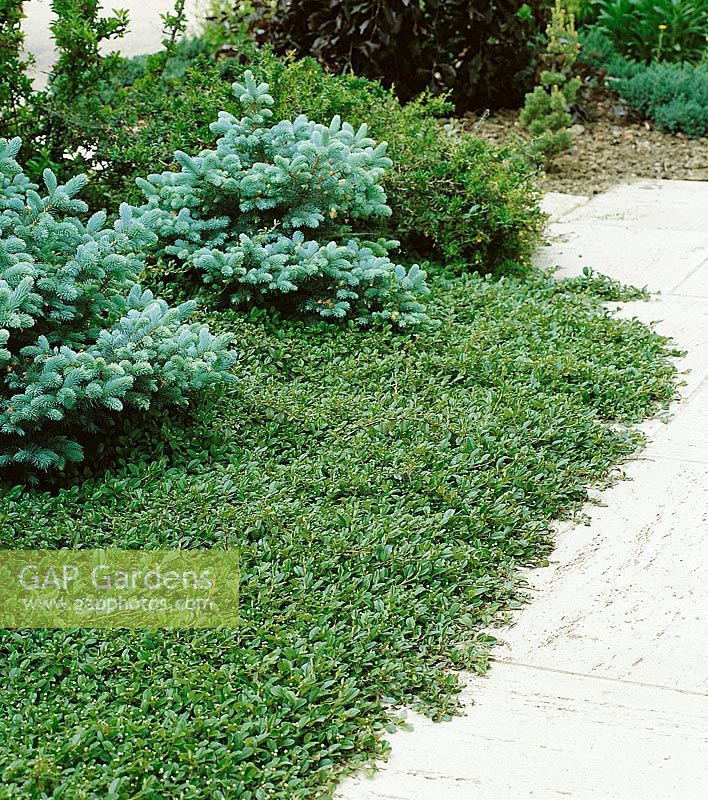Cotoneaster Dammeri: The Ultimate Guide To Growing This Lowmaintenance Shrub
Title: Cotoneaster Dammeri: The Ultimate Guide to Growing This Low-Maintenance Shrub
Introduction:
Cotoneaster Dammeri is a beautiful and low-maintenance shrub that is perfect for adding interest to your garden. It is evergreen or semi-evergreen, depending on the variety, and can grow to be 1 foot tall and 6 feet wide. Cotoneaster Dammeri is known for its small, white flowers that bloom in the spring, and its red berries that appear in the fall.
This blog post will provide you with an ultimate guide to growing Cotoneaster Dammeri. We will discuss everything from planting and care to propagation and problems. By the end of this post, you will be an expert on this amazing shrub!
Planting and Care:
Cotoneaster Dammeri is a relatively easy shrub to grow. It prefers full sun or partial shade, and it is tolerant of a variety of soil types. However, it does best in well-drained soil.
When planting Cotoneaster Dammeri, it is important to dig a hole that is twice as wide and as deep as the root ball. Backfill the hole with soil, and water the plant thoroughly.
Cotoneaster Dammeri does not require a lot of water. Water the plant deeply once a week during the first year after planting. After that, you can water the plant less frequently, as needed.
Cotoneaster Dammeri does not need to be fertilized often. Fertilize the plant once a year in the spring with a balanced fertilizer.
Pruning:
Cotoneaster Dammeri does not require a lot of pruning. However, you may want to prune the plant in the spring to remove any dead or damaged branches. You can also prune the plant to shape it.
Propagation:
Cotoneaster Dammeri can be propagated by seed, cuttings, or layering.
- Seed propagation: This is the most difficult method, but it can be rewarding. Sow the seeds in the spring in a well-drained soil mix. Keep the soil moist, and the seeds should germinate in 2-4 weeks.
- Cutting propagation: This is the easiest method. Take 4-6 inch cuttings in the spring or summer. Dip the cuttings in rooting hormone, and plant them in a well-drained soil mix. Keep the soil moist, and the cuttings should root in 4-6 weeks.
- Layering: This is a good option if you want to propagate a large number of plants. In the spring, bend a branch down to the ground and cover it with soil. The branch will root at the nodes, and you can cut it from the parent plant in the fall.
Problems:
Cotoneaster Dammeri is a relatively problem-free shrub. However, it can be susceptible to powdery mildew. If you see powdery mildew on your plant, you can treat it with a fungicide.
Conclusion:
Cotoneaster Dammeri is a beautiful and low-maintenance shrub that is perfect for adding interest to your garden. With proper care, this shrub will thrive for many years to come.
Cotoneaster dammeri is a beautiful and versatile plant that can be used in a variety of settings. It is a low-maintenance ground cover that is drought-tolerant and deer-resistant. It also blooms with small white flowers in the spring and fall, and its berries are a favorite of birds.
If you are interested in learning more about cotoneaster dammeri, I recommend visiting Home Gardening. This website has a wealth of information about the plant, including its care requirements, planting tips, and pest and disease prevention.
FAQ of cotoneaster dammeri
- What is cotoneaster dammeri?
- Cotoneaster dammeri is a low-growing, spreading shrub that is native to Europe and Asia. It is known for its attractive foliage, which is evergreen in mild climates, and its abundance of small, white flowers in the spring.
- How to grow cotoneaster dammeri?
- Cotoneaster dammeri is a relatively easy plant to grow. It prefers full sun to partial shade and well-drained soil. It is drought-tolerant once established, but it will benefit from regular watering during the first year after planting.
- How to prune cotoneaster dammeri?
- Cotoneaster dammeri can be pruned in early spring or late fall. Light pruning can be done throughout the year to remove dead or damaged branches. More severe pruning can be done to shape the plant or to control its size.
- What are some common problems with cotoneaster dammeri?
- Cotoneaster dammeri is generally a problem-free plant. However, it can be susceptible to aphids, scale insects, and powdery mildew. These pests can be controlled with insecticidal soap or neem oil.
- How to propagate cotoneaster dammeri?
- Cotoneaster dammeri can be propagated by seed, cuttings, or layering. Seed propagation is the most common method, but it can be slow and unreliable. Cuttings and layering are more successful methods of propagation.
Image of cotoneaster dammeri
- Cotoneaster dammeri in bloom. This image shows a beautiful Cotoneaster dammeri in full bloom. The flowers are a delicate pink color, and they are arranged in clusters along the branches.
- Cotoneaster dammeri in fall. This image shows a Cotoneaster dammeri in fall. The leaves are a vibrant red color, and they contrast beautifully with the green needles of the pine trees in the background.

- Cotoneaster dammeri as a groundcover. This image shows Cotoneaster dammeri used as a groundcover. The plant has a spreading habit, and it forms a dense mat of foliage.

- Cotoneaster dammeri as a hedge. This image shows Cotoneaster dammeri used as a hedge. The plant has been trimmed to form a neat, formal hedge.

- Cotoneaster dammeri in a pot. This image shows Cotoneaster dammeri growing in a pot. The plant is a good choice for container gardening, as it is relatively small and easy to care for.

- Close-up of Cotoneaster dammeri flowers. This close-up image shows the delicate pink flowers of Cotoneaster dammeri. The flowers are about 1/2 inch in diameter, and they have five petals.

- Close-up of Cotoneaster dammeri leaves. This close-up image shows the leaves of Cotoneaster dammeri. The leaves are small and oval-shaped, and they are a dark green color.

- Cotoneaster dammeri in winter. This image shows Cotoneaster dammeri in winter. The leaves have fallen off, but the plant still looks attractive. The red stems and the white berries provide some winter interest.

- Cotoneaster dammeri in a rock garden. This image shows Cotoneaster dammeri growing in a rock garden. The plant is a good choice for rock gardens, as it is drought-tolerant and low-maintenance.

- Cotoneaster dammeri in a woodland garden. This image shows Cotoneaster dammeri growing in a woodland garden. The plant is a good choice for woodland gardens, as it is shade-tolerant and deer-resistant.


Post a Comment for "Cotoneaster Dammeri: The Ultimate Guide To Growing This Lowmaintenance Shrub"